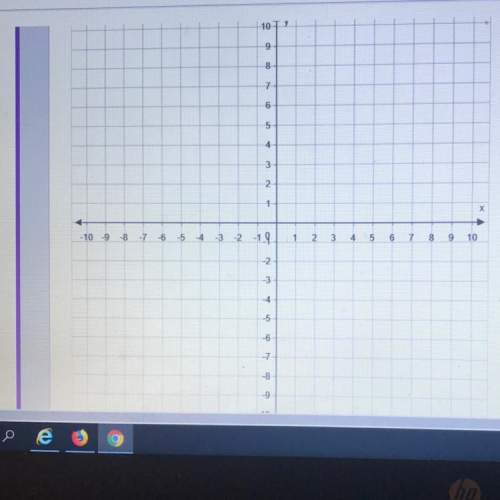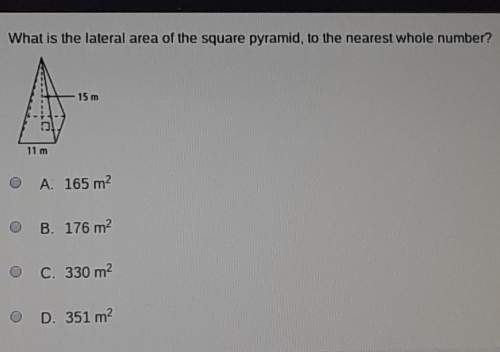
Mathematics, 16.04.2020 00:13 bellarides
Look at the formula in the Example tab for Number of defective CFLs:
=COUNTIF(B4:B153,0). This formula scans the values in cells B4 through B153 (life spans) to check whether the value is 0. “IF” so, it “COUNTS” it (adds 1 to a total).
Return to the Test Sample tab, and enter a formula like this into cell E5. How does the resulting value compare with your hand count of defective bulbs?
Again on the Test Sample tab, enter a spreadsheet formula to calculate the proportion of defective CFLs in the test sample: the ratio of defective bulbs as a fraction of the sample. Write down the formula you used and the result you got.

Answers: 3


Another question on Mathematics

Mathematics, 21.06.2019 22:30
Micheal is 4 times as old as brandon and is also 27 years older than brandon. how old is micheal
Answers: 2

Mathematics, 21.06.2019 23:40
What is the area of a rectangle with vertices (-8,-2), (-3,-2), (-3,-6), and (-8,-6)? units
Answers: 1

Mathematics, 22.06.2019 00:00
Two consecutive negative integers have a product of 30. what are the integers?
Answers: 2

Mathematics, 22.06.2019 00:30
42. if 20 men can eat 200 kg of wheat in 40 days, then 10 men can eat 300 kg of wheat in how many days? a) 120 days b) 60 days c) 80 days d) none of these
Answers: 1
You know the right answer?
Look at the formula in the Example tab for Number of defective CFLs:
=COUNTIF(B4:B153,0)....
=COUNTIF(B4:B153,0)....
Questions

Mathematics, 20.03.2020 11:13

Computers and Technology, 20.03.2020 11:13


Computers and Technology, 20.03.2020 11:13






Mathematics, 20.03.2020 11:14








Mathematics, 20.03.2020 11:15






